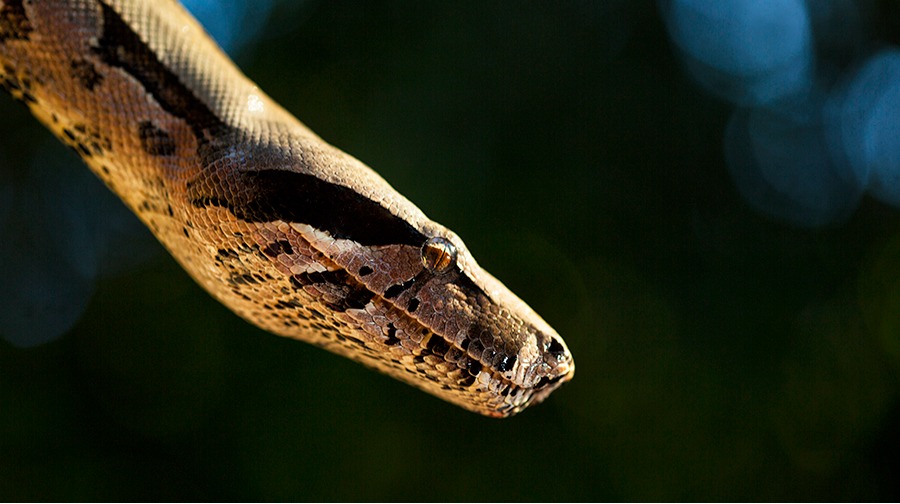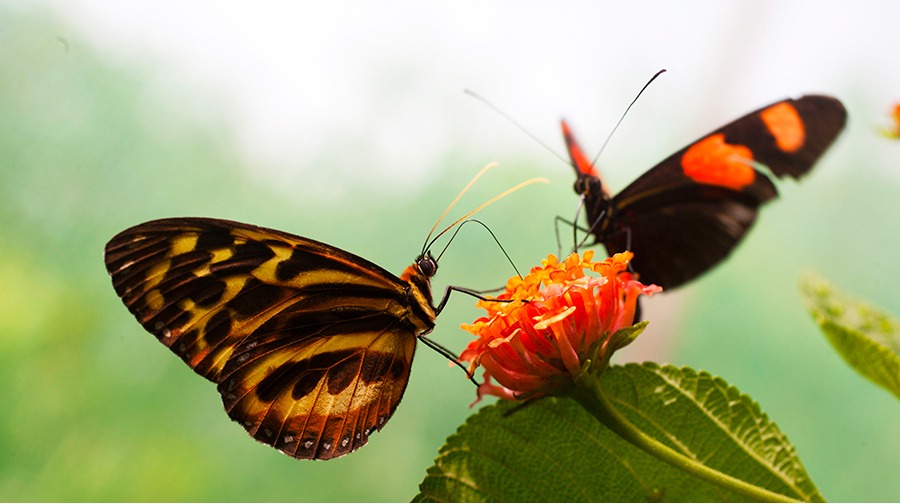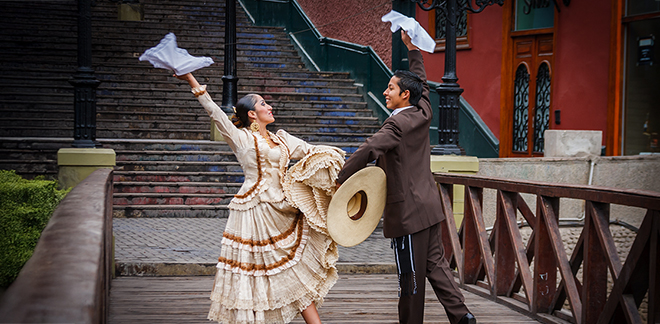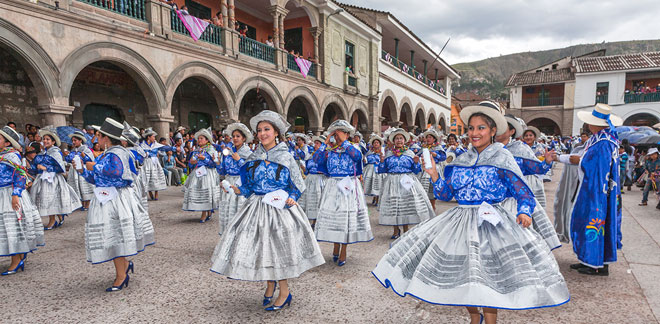Megadiverse Peru! These are six Peruvian reptiles you didn’t know about
Síguenos en:Google News
Our country is home to 469 species of reptiles. Learn more about them.
The diversity of species in Peru seems infinite. According to the Ministry of the Environment, Peru is home to 469 species of reptiles, both terrestrial and aquatic. These animals are characterized by their skin covered with scales or by a protective shell, as is the case of turtles. In addition, they have a very particular way of moving: dragging their belly along the surface. Despite these characteristics, and the fact that many species live for a long time in the water, they have pulmonary respiration.
In our country, it is possible to find reptiles in the jungle (such as caimans and snakes), but also in other ecosystems (such as sea sea turtles), or even in Andean regions or desert areas (for example, certain species of lizards live in the north of the country.)
If you want to know more about Peru’s biodiversity, these are six species of reptiles that inhabit our territory and that you may not have known about.
WHITE CAIMAN (CAIMAN CROCODILUS)
.jpg?ver=2022-02-01-145740-580)
Source: es.wikipedia.org
It is found in the Amazon, mainly in the regions of Loreto, Ucayali and Madre de Dios. Its scales are opaque olive, almost black, with yellow crossbands. Its activity is diurnal, although it enjoys sunbathing during the day on the edges of rivers. Females of this species build leaf litter nests or any available plant material, and lay between 20 to 40 eggs per nest. The incubation period is 70 to 90 days.
BLUE LIZARD (PETRACOLA WAKA)
.jpg?ver=2022-02-01-145834-327)
Source: static.inaturalist.org
This small lizard is an endemic species of Peru; that is, it can only be found in our country. Specifically, between 2650 and 3000 meters of altitude, in the basin of the Marañon and Crisnejas rivers, in the department of Cajamarca. Its most common habitat is composed of scrublands or areas near crops.
LOGGERHEAD SEA TURTLE (CARETTA CARETTA)
.jpg?ver=2022-02-01-145915-647)
Source: static.inaturalist.org
It is one of the five species of sea turtles existing in Peru. It lives most of its life submerged in the depths. Only the female comes to the surface to lay her eggs. The loggerhead sea turtle is one of the largest sea turtles, since in adulthood it can measure more than 1-meter-long and weigh up to 200 kilograms. They can live more than 65 years.
TARICAYA (PODOCNEMIS UNIFILIS)
.jpg?ver=2022-02-01-145951-220)
Source: naturekids.com.pe
Taricayas inhabit the large rivers throughout the Peruvian Amazon. These reptiles stand out because of their small size: they measure no more than 37 centimeters and their average weight is 12 kilos. Their characteristic brown or blackish carapace and the yellow spots scattered all over their heads make them unmistakable. They feed on fish, small invertebrate animals, fruits and all kinds of grasses.
SHUSHUPE (LACHESIS MUTA)
.jpg?ver=2022-02-01-150037-267)
Source: Shutterstock
It is one of the 186 species of snakes existing in Peru. It is considered the second largest venomous snake in the world, only surpassed by the king cobra. It has a light brown color with orange tones and black diamond-shaped spots. Adult shushupes can measure more than 2 meters and specimens of 3.6 meters in length have even been found. It is a terrestrial, solitary and nocturnal species that feeds mainly on small and medium-sized mammals. Fortunately, it is not usually aggressive towards humans.
BOA MANTONA (BOA CONSTRICTOR)
.jpg)
Source: lifeleder.com
You have probably heard about this snake or you haven even seen a movie about it. But how much do you actually know about a boa? They are solitary and nocturnal animals, which can exceed 5 meters in length. They spend the day hidden in the branches of trees and only come out to hunt at nightfall. They are capable of both climbing trees and ambushing their prey from there, as well as swimming in search of food. They are not venomous. Instead, they suffocate their prey, wrapping them, thanks to their large size.









